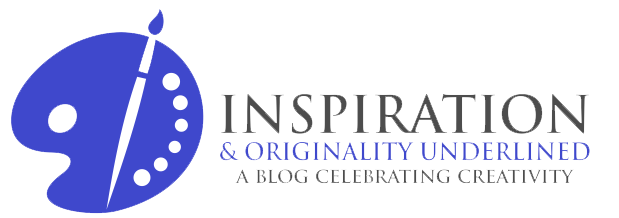There is a famous quote that alludes to the idea that a picture is worth a thousand words. Well, while agreeing with this quote, it is essential to state that a well taken photograph is worth much more than a thousand words. Indeed, an excellent photo has the ability to not only express beauty, but also store the fondest of memories. Photography is an art which requires skill and technique. To help you gain the necessary skills, here is an article outlining 5 basic ideas for photographers.
- Acquire the best camera
It is quite hard to talk about ideas for photographers without mentioning the camera; for it is the device through which photos are taken. Cameras come in various sizes, shapes, color and most importantly resolution powers. There is no doubt that technology has revolutionized the photography industry because it has spearheaded the manufacture and production of high resolution cameras which have the ability to shoot crisp-clear photographs. Therefore, the first and most essential idea to great photography is to ensure that you are equipped with a powerful camera. - Detail
Taking a great picture is about capturing that particular detail which will make the difference. Every photo should be taken with absolute creativity to ensure that all the details are captured. Even when there appears to be no outstanding detail, try to look closely and you will certainly find one. Just like drawing a picture to represent a thousand words, creativity goes a long way in delivering a memorable photo. - Light
Cameras directly depend on sufficient lighting to produce excellent shots. While this is not to say that photos cannot be taken during the night or in dark places, it is important to confirm that light is an integral element of photography. If you intend to take photos in locations where natural lighting is alien or limited, you have to use an artificial lighting source such as electricity to increase your chances of taking a beautiful picture. Although technology has brought us powerful cameras which are capable of independently taking photos in dark locations, you have to keep in mind that the trick here is to shoot great pictures with these 5 great ideas for photographers. - Background
Almost always, a great photo has an amazing background. Here, two aspects of photography come into play; instant and selective. There are times when you have to take photos without having the option to change locations or backgrounds for that matter. A case in point is when you are taking photos of people attending a certain ceremony. You are required to make use of your creativity and alertness to produce high quality picture, but when you have the freedom to choose from various backgrounds, be sure to go with smoky or watery backgrounds as they bring the best out of a photo. - Photo framing
Of these 5 ideas for photographers, photo framing is definitely the easiest to implement. This is largely because framing the photo adds a touch of creativity and design to it. Different photos require different frames for them to be great. You need to exploit the use of various frames to determine the most suited to fit on a particular photo.
 |
| photo: Peter Trimming |
Eric Cross is a budding photographer who balances his time taking photographs with time spent writing about taking photographs, putting together a free tutorial guide for everyone wanting to learn about trick photography and special effects.
Author Eric Cross
Article Source













![By Rept0n1x (Own work) [GFDL or CC BY-SA 3.0] via Wikimedia Commons](https://blogger.googleusercontent.com/img/b/R29vZ2xl/AVvXsEir8F-mD2wK_34aUa501RehVPAhnhNhKI3hc5HiGV5uDvEIRghV4kJrRBqZomsqF2bPIEZHJdO4x3jOIOVXUkXRinE_nkKDViFnm4QXSrtVo6XgkD2_Oo33KcuoL6Vc-r2HTY6VV-V-Hivg/s1600/All_Saints_Garden,_Art_&_Craft_Market,_Cambridge,_England_-_DSCF2219.JPG)







.png)
